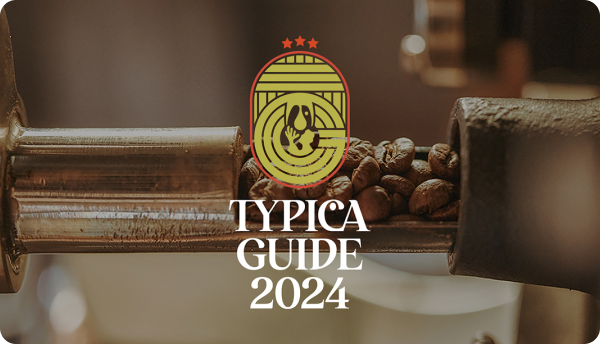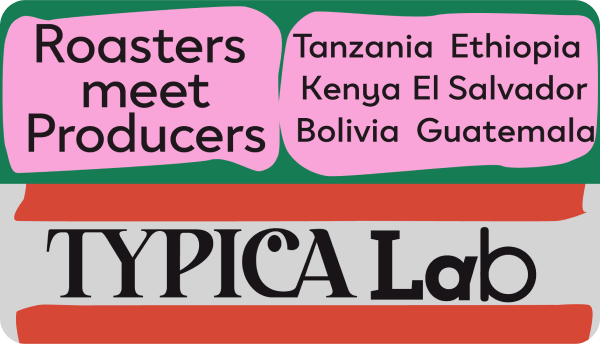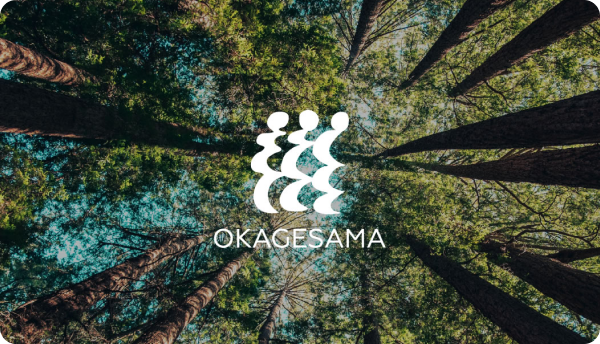
Nicaragua

Nicaragua as a country
Nicaragua is the largest country in Central America with a population of approximately 6.5 million. The country is blessed with a diverse natural environment including volcanoes, lakes, tropical rainforests, the Caribbean Sea, and the Pacific coast. The main industries are agriculture and ranching, including coffee, cigars, sugar cane, and beef. One can see vast tobacco fields along the roads leading to coffee origins.
Nicaragua is also said to be the second poorest country in Latin America after Haiti. It’s the history of the civil that we need to talk about. Leftists influenced by the Cuban Revolution successfully led the Nicaraguan Revolution in 1979. The U.S. saw the situation as a danger and provided military assistance to the rightist guerrillas in Nicaragua in the same year, which led to a decade-long civil war between the rightists and the leftists. Many people were killed and injured in the decade-long civil war and the economy collapsed due to US economic sanctions. Livelihoods were lost and Nicaragua was on the verge of national collapse. President Arias of Costa Rica proposed an end to the civil war in 1989 which ended the war, and he was awarded the Nobel Peace Prize for his role in bringing about the Esquipulas Nicaraguan Peace Agreement, also known as the Central American Peace Accords.

The civil war completely devastated Nicaragua and its effects are still being felt today, as protests against the dictatorial leftist political system intensified in 2018, which led to major anti-government protests that resulted in many casualties. To add insult to injury, the Trump administration imposed economic sanctions on the anti-American leftist regime in 2020.
Of all the countries I have visited in Central America, Nicaragua seemed to have a slightly different atmosphere. There were only a few flights, and it was the most complicated countries to enter and the government-related website was not often accessible from outside the country. There are few tourist resources, and although there are some famous surf spots, they are not marketed as much as those of Costa Rica or El Salvador. With this as a premise, the importance of the specialty coffee industry in Nicaragua becomes even more apparent.


Nicaragua’s National Character
Julio of Peralta Coffee described Nicaragua’s national character as “persistent.” Nicaragua has suffered not only from civil wars, but also from earthquakes, hurricanes, and other natural disasters, but the people have always been able to endure the damage. When I visited Nicaragua, I didn’t feel any tragic or desolate atmosphere at all, and the people seemed to be living their daily lives peacefully. Not only that, according to Julio, Nicaraguan coffee producers are very serious and patient, and they work hard. When compared to those of other countries, Nicaraguan coffee producers are more careful in processing coffee and do their best to improve the quality. This national character, somewhat similar to that of the Japanese, may have been nurtured by the country’s brave and courageous past.

Nicaraguans have a delicate sensitivity to culture. Rubén Darío, the most famous poet in Latin America, was born in Nicaragua and Nicaraguans seem to be very proud of him. Although this is my personal opinion, I felt that many people in Nicaragua like music. The driver was always enjoying the music in the car on the way to the coffee farms, and when he was invited to the Peralta family’s home, music was playing from the projector and he said, “This is how we always enjoy music together.” There was always nice music playing in the restaurant. Maybe it was just a coincidence, but it seemed to me that they were trying to bring back the richness of life through music. It reminded me a little bit of Cuba.


Coffee Production in Nicaragua
Coffee was brought to Nicaragua by Christian missionaries in the 18th century. It is said that the production started in the 1950s. The main specialty coffee origins are Nueva Segovia near the Honduran border and Jinotega in the central part of the country, where most of the Cup of Excellence winning lots are produced. The production quantity surpassed that of Costa Rica and El Salvador, and it was the 11th largest coffee-producing country in the world in 2019. Nicaragua began to see the emergence of pioneering producers specializing in specialty coffee about twenty years ago.
Varieties include Caturra and Catuai, and Nicaraguan varieties such as Cassia Javanica and various rare varieties from neighboring countries have been introduced. In terms of processing coffees, they are actively adopting new methods such as anaerobic, and are making efforts to improve the quality. The shift from mass production to direct trade export of specialty coffee is almost the only way to improve the sustainability of coffee not only in Nicaragua but in other countries. There is also a gap existing between futuristic overseas-oriented producers and small-scale producers.
We have formed a partnership with Peralta Coffee because we deeply sympathize with the way Peralta Coffee is trying to improve the coffee industry by consciously thinking about the sustainability of Nicaragua’s coffee as a whole and not just their development in the business.









